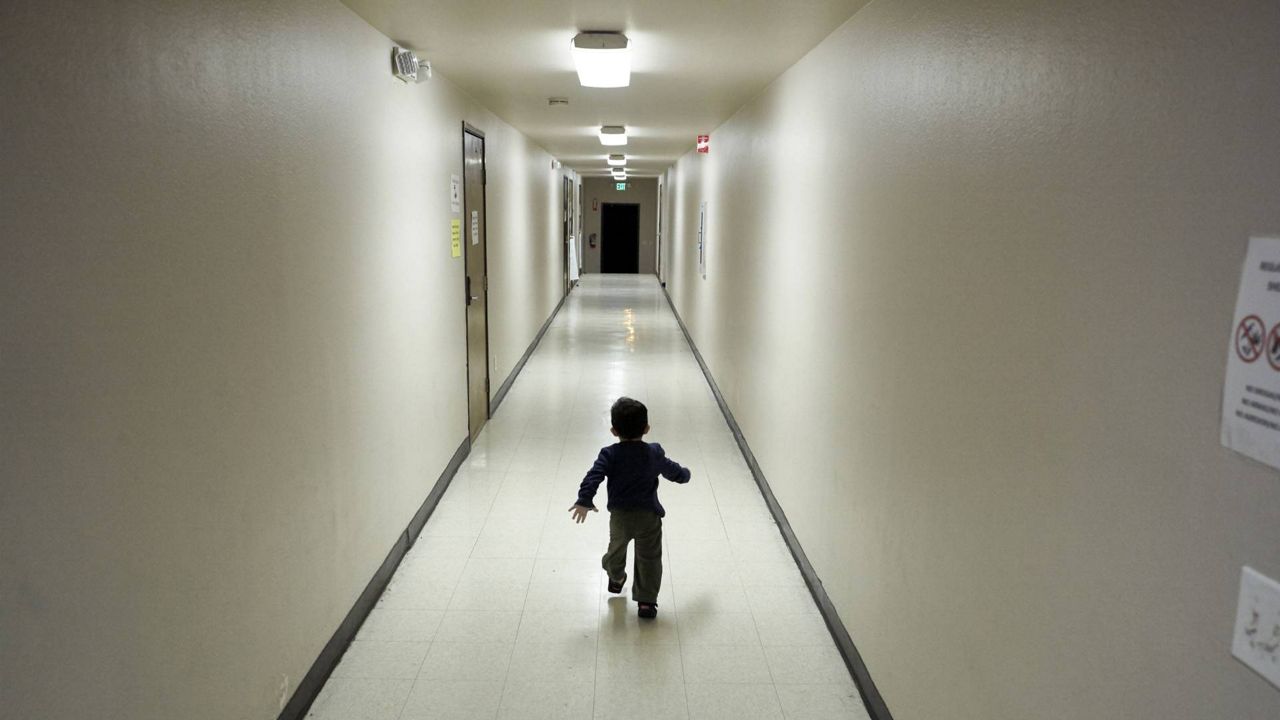SAN MIGUEL, Calif. (AP) — The federal government may house unaccompanied migrant children on a California Army National Guard base in central California, officials said.
The Pentagon on Friday approved the use of Camp Roberts to temporarily house migrant children traveling alone, according to a defense official.
What You Need To Know
- The Pentagon on Friday approved the use of Camp Roberts in central California to temporarily house migrant children traveling alone
- It was not immediately clear if or how many children could be placed at the camp located along the Salinas River almost directly between L.A. and San Francisco
- Border authorities encountered more than 9,000 children without a parent in February, the highest single month since May 2019
- Unlike adults in many situations, all unaccompanied minors are allowed to stay in the U.S.
It was not immediately clear if or how many children could be placed at the camp, which is located along the Salinas River almost directly between Los Angeles and San Francisco.
The U.S. Department of Health and Human Services said Saturday that the camp is "under active consideration." The department has not yet finalized its decision.
"When HHS decides to activate an Emergency Influx Site for unaccompanied migrant children we will notify state and local authorities as well as members of Congress," the department said in a statement.
The U.S. Department of Health and Human Services had requested the use of the base, Pentagon spokesman John Kirby confirmed Thursday.
The California National Guard did not immediately respond to a request for comment Saturday.
Border authorities encountered more than 9,000 children without a parent in February, the highest single month since May 2019, when more than 11,000 unaccompanied minors came to the border.
After being processed by the Border Patrol, they are transferred to Health and Human Services. Eventually they will be released to a sponsor, usually a parent or close relative.
Unlike adults in many situations, all unaccompanied minors are allowed to stay in the U.S. That dynamic has prompted many parents to either send kids on the journey to America alone, or get to the border and let them go the rest of the way. Most end up at least temporarily in shelters that are currently way beyond capacity.



